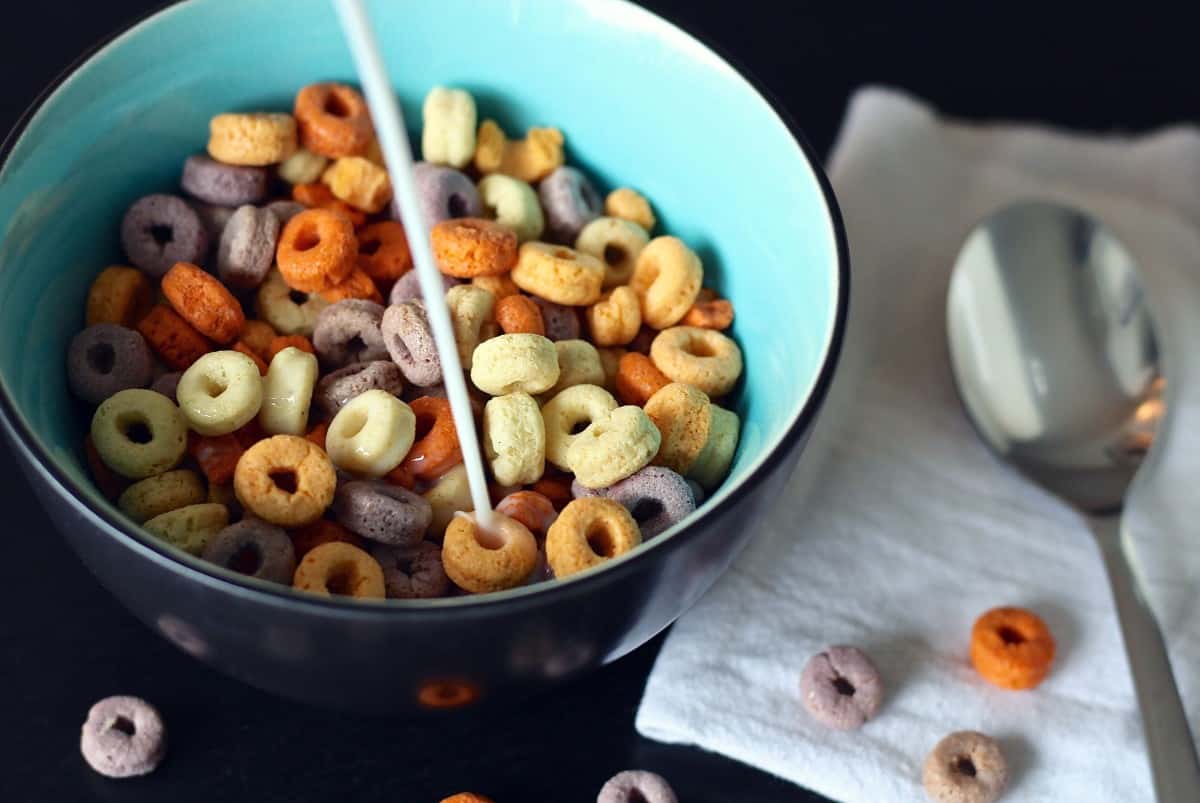Potentially Dangerous Pesticide Found in Several Common Foods
Published September 11, 2018 at 9:48 pm

You might not think twice about chowing down a plate of spaghetti or crunching away at a bowl of cereal, but maybe you should.
From breakfast to dinner, a recent report from Environmental Defence and Equiterre finds that glyphosate, Canada’s top-selling weed killer, is present in a number of commonly consumed foods across the nation.
Glyphosate is widely used in food production, according to the repot. It’s an effective weed killer that, according to the report, is sprayed on fields of wheat, barley, oats, chickpeas, and more to improve and expedite harvest.
A vast majority of farming is now dependent on glyphosate-based pesticides, says Environmental Defence.
And in 2015, The World Health Organization’s International Agency for Research on Cancer declared glyphosate a “probable carcinogen”.
This makes it even more disturbing that in the report’s sample test of common foods, 80 per cent of the food products tested contained glyphosate.
The following products were tested ad found to contain the pesticide:
- Catelli Healthy Havest Multigrain Spaghetti
- Cheerios cereal
- Fontine Sante Roasted Garlic Hummus
- Kelloggs Fruit Loops Cereal
- Kraft Dinner Original Mac & Cheese
- PC Blue Menu Tortillas 100% Whole Grain
- Pogo Original (breading only)
- Quaker Large Flake Oats
- Ritz Original crackers
- Sabra Classic Hummus
- The Original Oreo Cookie
- Tim Hortons Chocolate Glazed Timbit
- Tim Hortons Sesame Seed Bagel
- Unico Chickpeas
The results from a 2015-2016 study by the Canadian Food Inspection Agency (CFIA) found some equally disturbing values. The CFIA found that of 3188 products tested, 36.6 per cent of grain products, 47.4 per cent of bean, pea, and lentil products, 11 per cent of soy products, and 31.7 per cent of infant cereal products contained glyphosate.
“It is disconcerting that this harmful pesticide is consistently showing up in food products that most children eat daily. Exposure adds up,” said Muhannad Malas with Environmental Defence in a recent statement.
“Growing scientific evidence and international regulatory action show that Canadians should be concerned.”
It’s true that Health Canada establishes “safe” levels of exposure to glyphosate depending on the food. But in 2017, the federal health organizaton decided to continue the registration of glyphosate for another 15 years.
“This decision has been critiqued by many groups because the evaluation failed to comprehensively consider
evidence of risk and relied heavily on outdated and unpublished data provided by the pesticide industry,” reads the report from Environmental Defence.
What can we do about the prevalence of glyphosate in common foods going forward?
The report recommends three main steps for government, consumers, and companies.
For government, Environmental Defence says stronger laws are needed.
“The federal government has not thoroughly reviewed Canada’s main pesticide law, the Pest Control Products Act (PCPA), in over a decade,” reads the report.
“Within that period, from 2001-2013, pesticide sales increased by 73 per cent.”
Consumers should demand stronger restrictions, says Environmental Defence.
As for companies, they should eliminate glyphosate contamination in food entirely.
“Food manufacturers and restaurants can encourage a shift in agricultural practices by demanding products that are not contaminated with glyphosate,” reads the report.
“When possible, companies should source from producers who do not use glyphosate-based pesticides.”
You can learn more here.
insauga's Editorial Standards and Policies advertising





